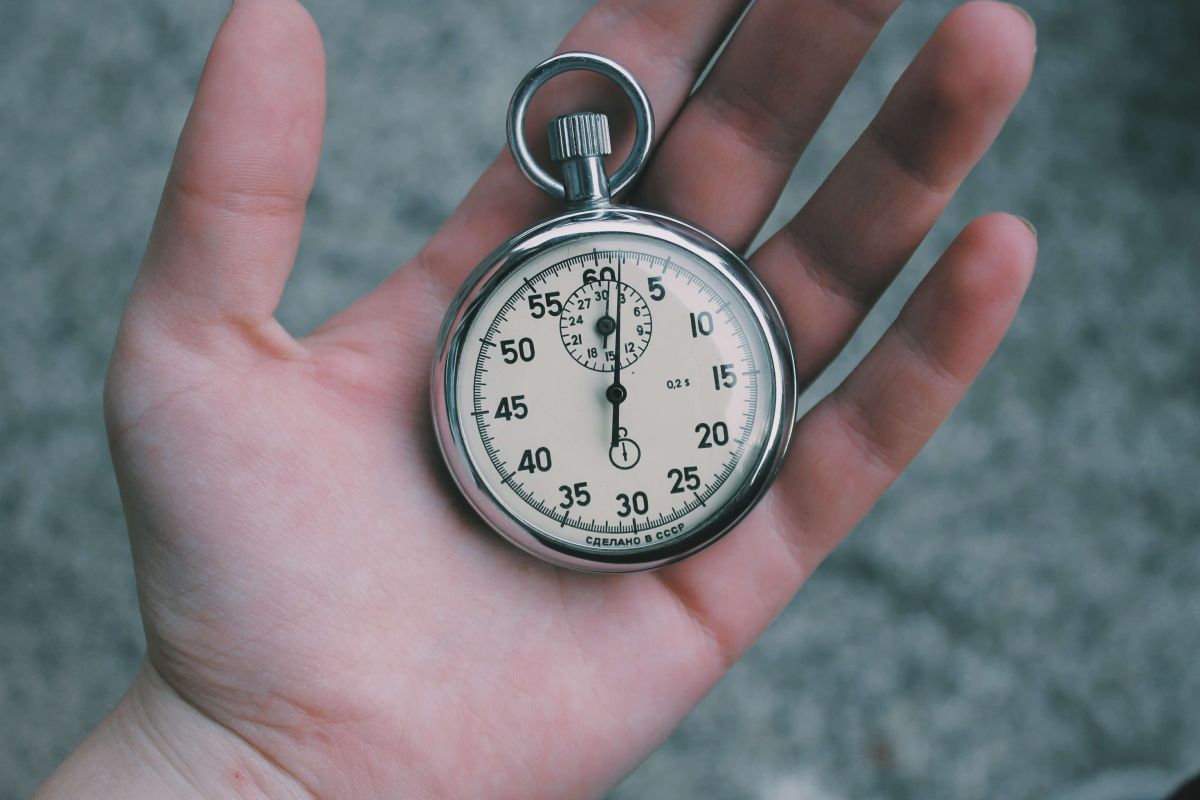How does site speed directly impact the customer journey on your Shopify store?
Site speed is not a new metric, and online users have long made instant decisions on whether to buy from your store based on speed alone. Your website is your online storefront and shoppers expect their experience to be as quick, easy and fluid as it would be in person.
Site speed has always had an impact on whether customers will stay on your site, trust your site, purchase from your site, and come back to your site. But now, customers may even struggle to find your store, based on Google’s revised ranking metrics.
Keywords, SEO, and other important metrics will still account for how Google ranks your website, but in 2021 we saw a shift in the priorities when it comes to Google's user-centric ranking system. With a greater knowledge of how online users work, and how they browse, Google is determined to serve consumers with the best, most-relevant and quickest results.
So if there was ever a time to get your site up to speed when it comes to speed, it’s now.
Site Speed and the Impact on Discoverability
User-centric performance metrics will now be at the forefront of Google’s algorithm for ranking websites. In a bid to enhance the search experience based on a real person’s perspective, Google has adapted its core web vitals to determine what a user experiences when they land on your site. And for the first time, Google will penalise websites with performance issues on both mobile and desktop.
Back in November 2020 Google announced that their core web vitals would play a much more significant role in how websites are ranked. These user-centric performance metrics will focus on site speed amongst other elements as key ranking factors.
What do we want? Information! When do we want it? Now! Internet users want to get what they are looking for, and they want it fast. Research shows that customers expect a page load speed of no more than three seconds. Anything more than this and the bounce rate increases from 9% to a massive 38%, meaning more people will be leaving your site, but also in Google’s eyes higher bounce rates can imply irrelevant content.
But how does this impact your discoverability? With Google’s key aim being to create a search experience which is fluid and user focused, they’re going to display the best and the most relevant content at the top of the page. Slower pages with higher bounce rates are less likely to be featured towards the top of the SERPS (search engine results pages), and may even mean dropping off the first page completely.
What do you call a person who is looking on page two of Google? Desperate. 90% of online experiences start with a search engine and approximately 71% of them start with Google. Independent surveys suggest that the first result earns a 28.5% click-through-rate, and by the time we get to the seventh domain you can expect to receive a meagre 5.4% of the traffic.
It is important to remember that page speed is only one key factor in how Google ranks your website, but it is an essential one. Just as having a slow website can see your rankings fall, improvements to your site speed can see them climb. Tools such as page speed insights and Google Lighthouse can help you to identify any site speed issues. Site speed audits are essential to helping you understand how your website works and how you can improve your overall performance.
Website Speed and Customer Experience

As your brand grows and customer base increases, your website will need to adapt and change to keep up with growing expectations. From essential maintenance to visual amendments, changing your website will ultimately increase its size and weight.
Customers expect a visually stimulating experience when shopping online. From large hero images, to product videos and interactive 3D models, each element of your website that makes you unique takes time to load. And though your site might be the most visually striking, 57% of shoppers admit to leaving an online store due to site speed alone.
However, merchants don’t have to choose between offering an attractive and interactive website, and serving up a fast website. There are plenty of tips and tricks which you can implement when enhancing your website. Unused JavaScript and multimedia elements such as images are some of the key culprits when it comes to slow page speeds. Find out how you can optimise your site for faster loading times.
The Importance of Optimising Checkout Speeds

Since the start of 2020, ecommerce has seen a dramatic acceleration, growing in 2 years by an amount that in ordinary circumstances would have taken between 4 and 6 years. With this increase and further predictions anticipating that ecommerce will overtake in-store purchases by as soon as 2023 it is essential that the journey to checkout is as quick and seamless as possible.
Following the rise in ecommerce, the pandemic also resulted in an increase in cyber attacks by 20%. Online users have become increasingly aware of the risks of cyber attacks, and this is directly evidenced through the way that they shop.
Customers are less likely to purchase online from a store with slower load speeds. While slower load speeds can cause frustration in customers, they can also have a negative impact on their confidence in the retailer. Website users are less likely to enter their card details into a site with a slower load speed. Some common fears which customers have include: fear of an unexpected crash, websites taking a double payment, the site “timing out” or their payment failing. And fear often leads to customers abandoning their purchase.
According to a survey, 75% of all sales are lost due to abandonment. And though some well executed abandoned basket campaigns can retrieve lost sales, you want to ensure that the checkout process is as fast and smooth as possible.
How can I improve my checkout process? Keep it quick, keep it concise! Improving your overall website speed will help to improve your checkout experience. However, high-traffic periods such as holiday sales, promotions or times of rapid growth can add additional strain to the checkout process. Built for fast sales, the Shopify checkout is specifically designed to withstand the strains of high traffic periods, helping to ensure your customers can buy from your store as fast as possible - no matter how many people are trying to checkout.
Faster Website = Customer Retention
You are 60-70% more likely to sell to a returning customer. They know your brand, they know your process and they like your website. That means that customer retention and satisfaction is an essential part of ecommerce.
There are many factors that come into play when looking at customer retention. However, one element which is always present is the usability of your website. 79% of customers who are dissatisfied with a site's load speed are less likely to return, costing you money in the form of a lost sale. Even a one second difference can result in 7% decline in conversions.
Site speed has a direct impact on customer satisfaction. From finding your website, to becoming a customer and beyond, each of these processes can be influenced by the speed of your website.
Ensure your customer journey is fast and simple. Take notice of your site speed.
If you’re looking for strategic ecommerce support for your online store or marketing activity, contact us and one of our team will be happy to discuss how we can help grow your brand.



